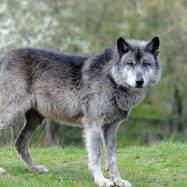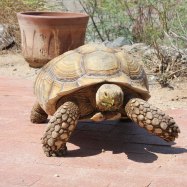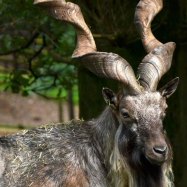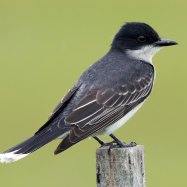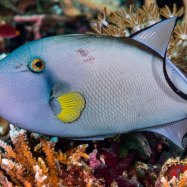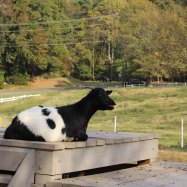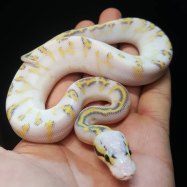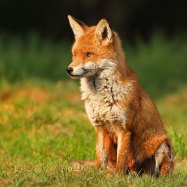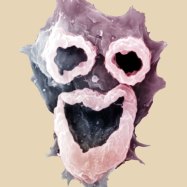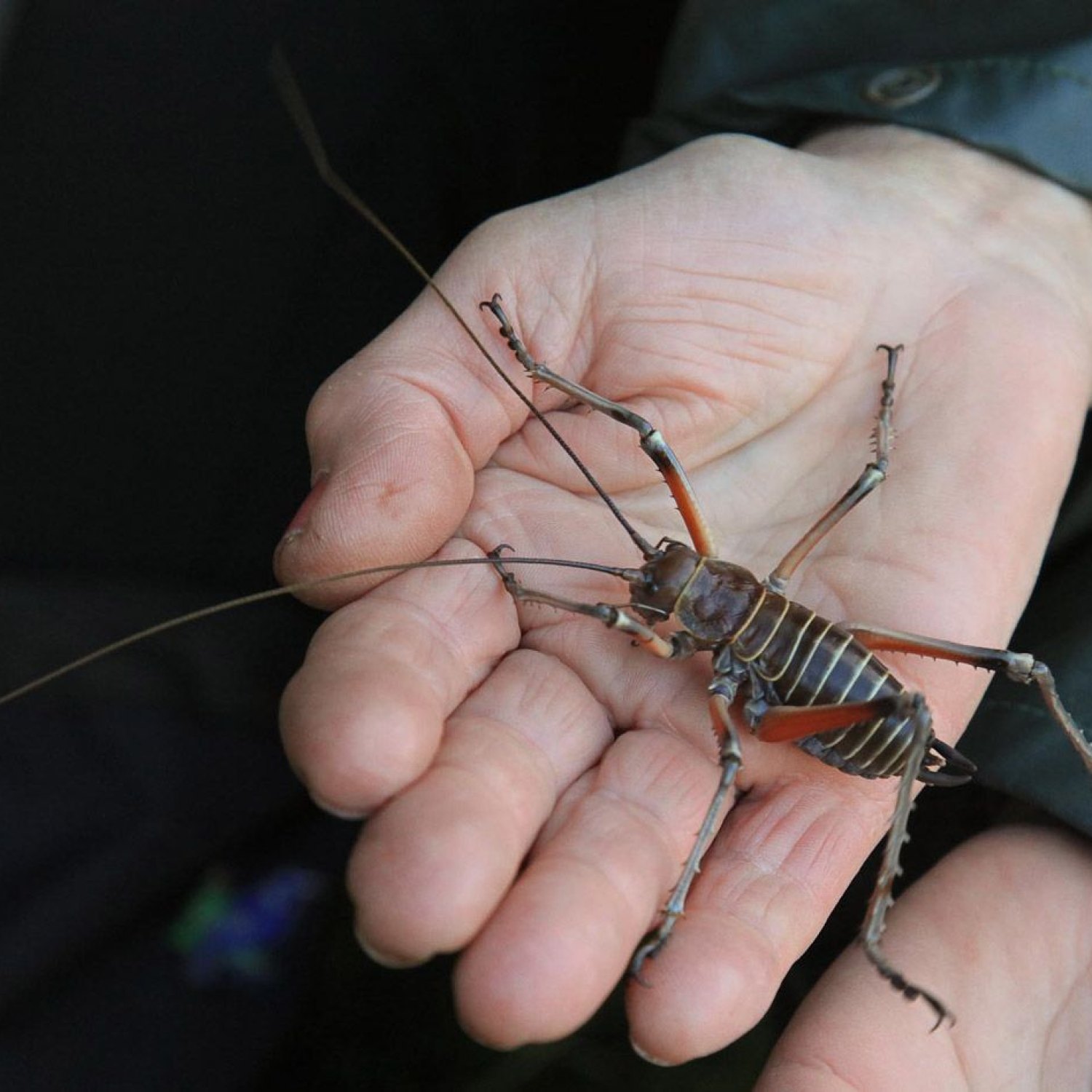
Giant Weta
Up to 10 cm
The Giant Weta, found in the North and South Island of New Zealand, is a massive insect with a body length of up to 10 cm. Known for its large and robust body shape, these creatures belong to the Anostostomatidae family and are a unique addition to the diverse animal population in the country. #GiantWeta #NewZealandAnimals #Anostostomatidae
Animal Details Summary:
Common Name: Giant Weta
Kingdom: Animalia
Habitat: Forests
The Fascinating Giant Weta: The Insect That Will Amaze You
The world of insects is vast and diverse, with many fascinating and often overlooked creatures. One such creature is the Giant Weta, a unique insect known for its impressive size and appearance. Found exclusively in New Zealand, this incredible insect is a true marvel of nature.What is a Giant Weta?
The Giant Weta, also known as Deinacrida, is a species of large, flightless insects found only in New Zealand Giant Weta. These insects belong to the phylum Arthropoda, which means they have segmented bodies and jointed legs. They are classified under the class Insecta and the order Orthoptera, which includes other insects such as grasshoppers and crickets.Appearance and Adaptations
One of the most impressive features of Giant Wetas is their size. These insects can grow up to 10 cm in length, making them one of the largest insects in the world. Their body shape is also unique, with a large and robust body and long, spindly legs. Despite their large size, they are remarkably agile and can move quickly when necessary.An interesting adaptation of the Giant Weta is the coloration of its body. These insects come in a wide range of color variations, including brown, green, black, and grey. This variation in color allows them to blend into their natural habitat, making them difficult to spot by predators German Shepherd Guide.
Habitat and Distribution
The Giant Weta is found in the dense forests of New Zealand, where it can find food and shelter. They are nocturnal creatures, meaning they are most active at night, and spend their days hiding in the vegetation. They prefer moist and cool environments and are often found in areas with plenty of leaf litter and vegetation.As mentioned earlier, the Giant Weta is found exclusively in New Zealand, making it a protected species. It is mainly found on the North Island and South Island, with the highest concentration on the latter. Due to the destruction of their natural habitat, this insect is now considered an endangered species.
Feeding Habits
The Giant Weta is a herbivorous insect, which means it feeds on plant material to survive. Their diet mainly consists of leaves, fruits, and flowers found in their natural habitat. They have powerful mandibles that allow them to chew through tough and fibrous plant materials, making them efficient herbivores.One fascinating fact about the Giant Weta's feeding habits is that they can survive for long periods without food. In the colder months of winter, when food is scarce, they can enter a dormant state and survive for months without eating.
Threats and Conservation
The biggest threat to the Giant Weta is the destruction of its natural habitat. Deforestation and human development have led to a significant decline in its population. They are also threatened by invasive species, which may prey on them or compete for food resources.To tackle these threats, the New Zealand government has implemented various conservation measures. These include setting aside protected areas for the Giant Weta, controlling invasive species, and promoting awareness of their conservation status.
Interesting Facts about the Giant Weta
- The name "weta" comes from the Maori word "wētāpunga," which means "god of ugly things."- The Giant Weta is one of the heaviest insects in the world, with some individuals weighing up to 70 grams.
- Females are larger than males, and they can lay up to 300 eggs in their lifetime.
- The Giant Weta has a population of around 60,000 individuals, making it a rare and valuable insect.
- Despite their intimidating appearance, Giant Wetas are harmless to humans and do not possess any venom or harmful bites.
In Conclusion
The Giant Weta is a truly remarkable insect, with its impressive size and unique adaptations. Found only in the beautiful islands of New Zealand, this insect serves as a reminder of the diverse and wondrous creatures that inhabit our planet. As we continue to work towards its conservation, let us appreciate and admire this incredible insect and all the wonders of the natural world.

Giant Weta
Animal Details Giant Weta - Scientific Name: Deinacrida
- Category: Animals G
- Scientific Name: Deinacrida
- Common Name: Giant Weta
- Kingdom: Animalia
- Phylum: Arthropoda
- Class: Insecta
- Order: Orthoptera
- Family: Anostostomatidae
- Habitat: Forests
- Feeding Method: Herbivorous
- Geographical Distribution: New Zealand
- Country of Origin: New Zealand
- Location: North Island and South Island
- Animal Coloration: Varies
- Body Shape: Large and robust
- Length: Up to 10 cm
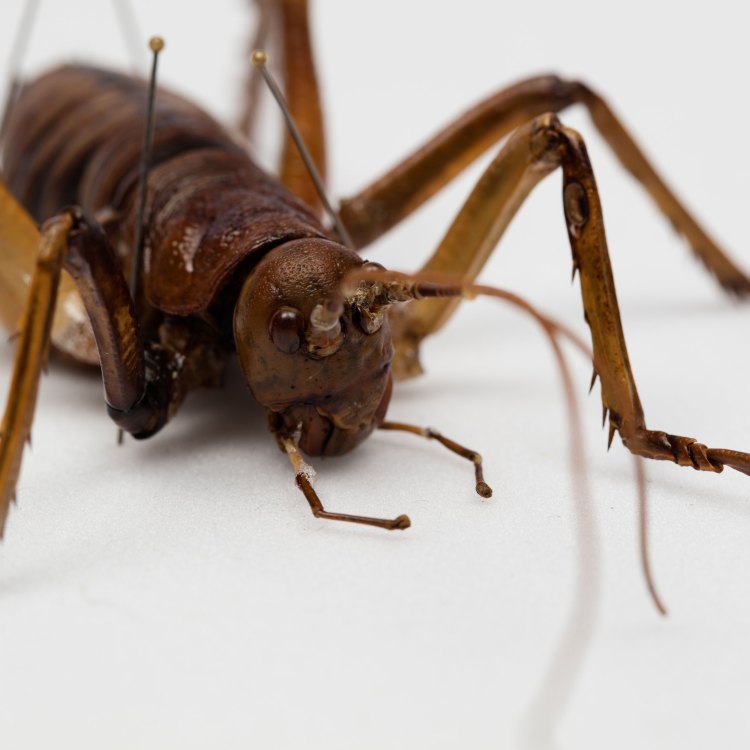
Giant Weta
- Adult Size: Up to 10 cm
- Average Lifespan: 1-2 years
- Reproduction: Sexual
- Reproductive Behavior: Male guarding female
- Sound or Call: No
- Migration Pattern: None
- Social Groups: Solitary
- Behavior: Nocturnal and sedentary
- Threats: Habitat loss, introduced predators
- Conservation Status: Least Concern
- Impact on Ecosystem: Important for seed dispersal
- Human Use: Tourist attraction
- Distinctive Features: Large size, long legs, spiky body
- Interesting Facts: One of the heaviest insects in the world, can't jump or fly
- Predator: Native birds, rats, stoats

Deinacrida
The Mighty Giant Weta: A Gentle Giant in the Insect World
The insect world is known for its diverse range of species. From the tiny ants to the colorful butterflies, there is always something fascinating to discover in the world of insects. But among this diverse range, there is a unique insect that stands out – the Giant Weta.The Giant Weta, also known as Deinacrida, is a group of about 70 species of insects found only in New Zealand PeaceOfAnimals.Com. They are considered one of the world's heaviest insects, with some species weighing up to 70 grams. These gentle giants have captured the attention of many scientists, nature enthusiasts, and tourists, and it's not hard to understand why.
In this article, we will explore the unique features and behaviors of the Giant Weta and its role in the ecosystem.
Size and Lifespan
The Giant Weta can reach an impressive size of up to 10 cm, making it one of the largest insects in the world. To put that into perspective, they are about the size of a human hand. They have a sturdy body, with spiky and long legs, giving them a rather intimidating appearance. But despite their size, they are harmless to humans and do not pose any threat.On average, these gentle giants can live for 1 to 2 years. Unfortunately, their lifespan is relatively short compared to other insects Gargoyle Gecko. This is partly due to their sedentary lifestyle, which we will explore later in this article.
Reproduction and Behavior
The Giant Weta is a sexually reproducing insect, meaning they need a male and female to mate and produce offspring. Their reproductive behavior is rather interesting, with the male playing a crucial role in guarding the female.During the mating process, the male Giant Weta guards the female from any potential rival males. He even covers the female's eyes with his legs to prevent her from looking at other males. This behavior ensures that the male is the only one contributing to the female's offspring. Talk about being protective!
Nocturnal and Sedentary Lifestyle
The Giant Weta is a nocturnal insect, meaning they are most active at night. During the day, they hide in burrows or under rocks, logs, and leaf litter. This sedentary lifestyle may explain their short lifespan as they do not have to move or hunt for food actively. However, when night falls, they come out to search for food.Their diet consists mainly of plants, fruits, and leaves, but they have been known to eat other insects as well. The Giant Weta has mandibles, or jaw-like structures, that they use to chew their food. Despite their large size, these gentle giants are not voracious eaters and can survive on limited food resources.
Threats and Conservation Status
Like many other species, the Giant Weta is facing threats to its survival. Habitat loss is a major threat to these gentle giants. With humans continuously encroaching on their natural habitat, the Giant Weta's homes are being destroyed, leaving them with limited places to live.Another threat is the introduction of predators such as rats and stoats to New Zealand. These predators have a significant impact on Giant Weta populations, as they are not used to defending themselves against such threats. As a result, the Giant Weta has been classified as Least Concern on the IUCN Red List, which means they are not currently at risk of extinction, but their population is steadily declining.
Importance in the Ecosystem
While the Giant Weta may not have a long lifespan, they play a crucial role in their ecosystem. Being herbivores, they help in pollination and seed dispersal. They also provide a food source for their predators, contributing to the balance of the food chain.One interesting fact is that some species of Giant Weta have a symbiotic relationship with a type of plant known as the Weta tree. The tree provides shelter for the insects, while the insects, in turn, help in seed dispersal.
Human Use and Interesting Facts
With their impressive size and unique appearance, it's no surprise that the Giant Weta is a tourist attraction in New Zealand. Many tour companies offer guided walks to see these gentle giants in their natural habitat. This not only provides a source of income for locals but also raises awareness about the importance of conserving these insects.Apart from being a tourist attraction, the Giant Weta's size and appearance have also sparked curiosity and led to some interesting facts about them. Did you know that they are one of the heaviest insects in the world? They are also one of the few insects that cannot jump or fly due to their heavy bodies.
Natural Predators
Despite their large size, the Giant Weta is not immune to predators. Native birds, such as kiwis and moreporks, have been known to prey on these insects. Additionally, as mentioned earlier, introduced predators like rats and stoats also pose a significant threat to their survival.Fortunately, efforts are being made to reduce these threats and protect the Giant Weta's natural habitat. Conservation projects and predator control programs have been implemented to ensure their survival.
In Conclusion
The Giant Weta may be a gentle giant in the insect world, but they play a significant role in their ecosystem. With their large size, distinctive features, and interesting behaviors, they have captured the attention of many people worldwide. These fascinating creatures are a reminder that even the smallest and seemingly insignificant creatures have an important place in our world. It is our responsibility to protect and conserve them for future generations to appreciate and learn from.
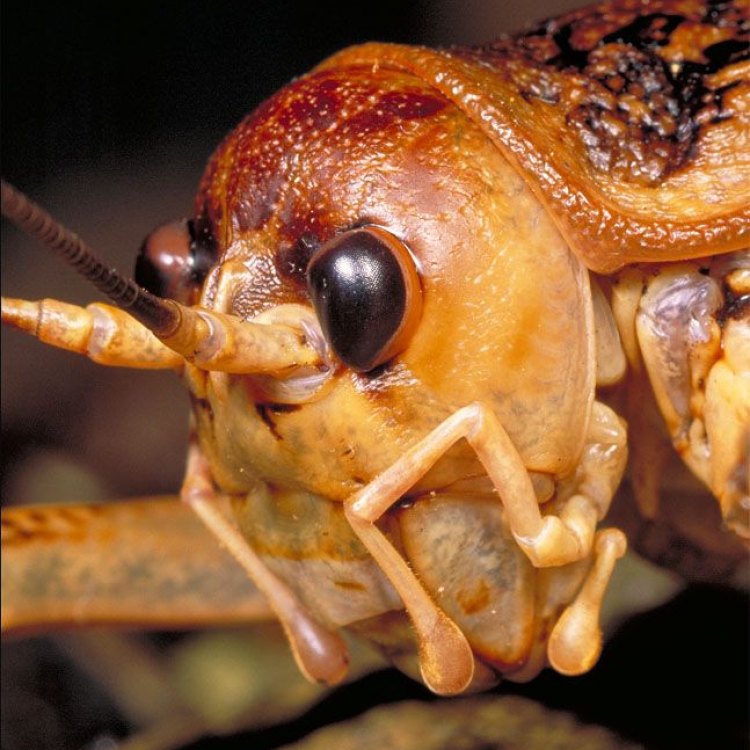
The Fascinating Giant Weta: The Insect That Will Amaze You
Disclaimer: The content provided is for informational purposes only. We cannot guarantee the accuracy of the information on this page 100%. All information provided here may change without prior notice.


